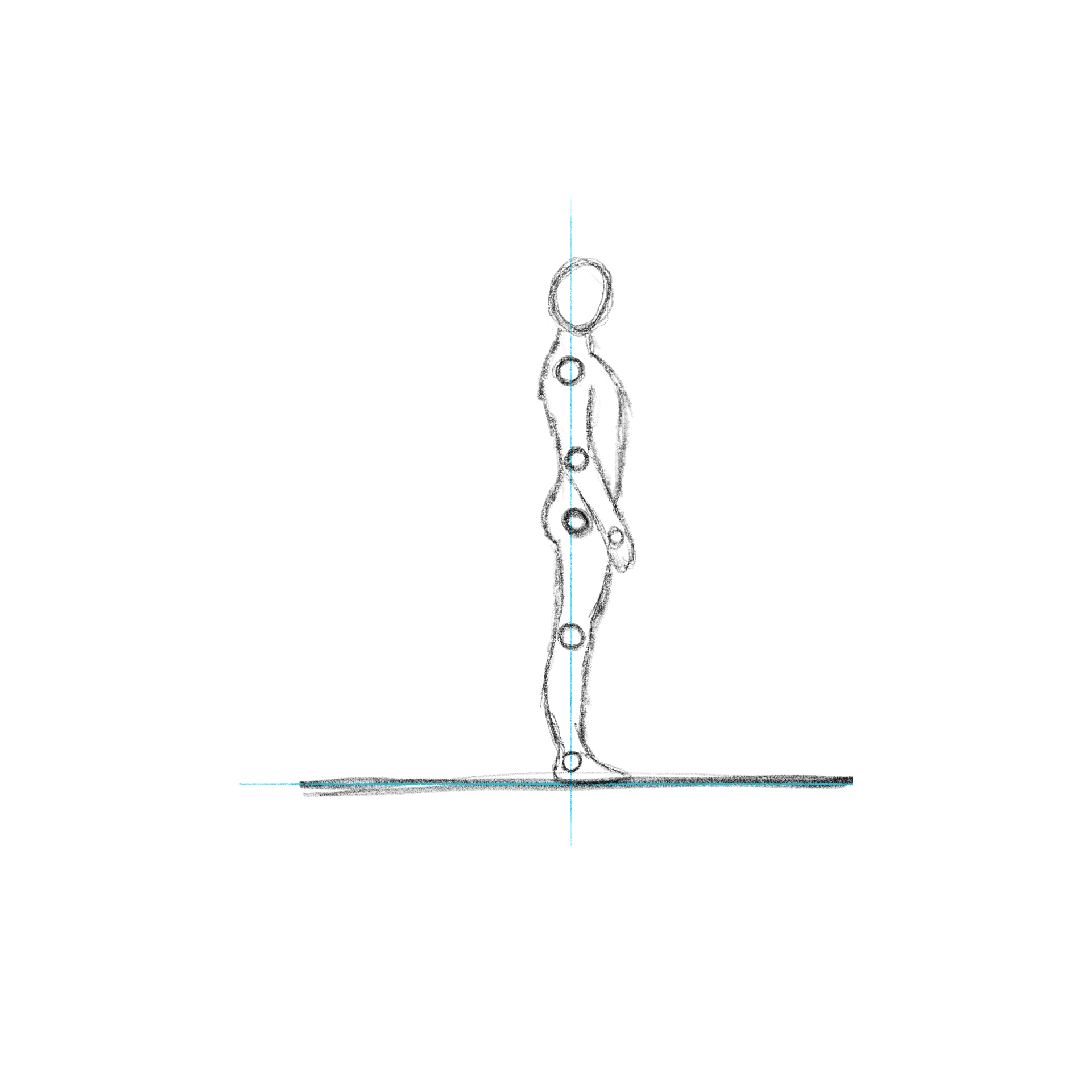
To achieve real success, we must use a balanced mix of subjects. In skiing, we tend to focus on the movements and the posture but forget the specialties of skiing.
Obviously, posture and movements are essential to developing skiing skills. But it is worthwhile to look at skiing with a broader perspective.
The fundamentals - basic movement and skills
The vital movements - “techniques” - are based on the skier's skills and motion experiences. Every one of us had another childhood; we played other games and learned other sports. Some of us are courageous, others cautious.
Anyway, no one is perfect. There will always be some missing movement patterns and skills needed to ski correctly.
This set of basic movements includes stabilization and separation routines of the joints, such as:
Permanent ankle flexion
Keeping the knee over the toes
Pulling back of the ankle
Separated femur rotation (without adduction or abduction)
Pelvic stabilization against tilt and twist
Back mobility
Separated foot rotation (without tipping, with ankle flexion)
Foot rolling movements
Balance (without upper body movements)
Single-leg balance without pelvic rotation or tilt
Etc.
There is no chance to develop these skills on the ski slope. Even the simplest slope and situation are too complicated to form these movements; however, the best place is the gym or at home in an effective way.
The ski slope is not horizontal
We don’t like to ski on that kind of slope. We are used to finding a stable posture on a horizontal surface. There are a bunch of reflexes to recover posture if we lose balance, and we can plan our next move with the knowledge of the horizontal ground.

The same reflexes on a slope produce the opposite of the expected result: loss of balance.
There are a lot of reasons why we lose balance on a slope.
A vertically stacked posture can be stable on a horizontal surface, but it is a back-seated position on the slope. A correct posture is approximately perpendicular to the surface but cannot be stable in a resting position.
Standing face down on a slope, our body and the surface are at an obtuse angle. We tend to press down the toes to find larger support: we will open the ankle. The first tool of the body to ensure the frontal position over the skis is the flex of the ankle. Opening the ankle will result in a back-seat position, too.
Using a proper middle position is only possible when we can engage the posterior chain; otherwise, the upper body will fall too much forward, and the hip will move back.
The postural routines that ensure a stable stance on a horizontal surface aren't suitable for a slope. We must adapt our fundamental stabilization elements to the slope.
"Return of the turn" - the essence of alpine skiing is turning
Most of our everyday movements are rectilinear. Biking or running in a straight line isn't a problem, but most people find turning in a tight curve difficult. The parts of the body follow another line; they travel at different speeds. The organ of equilibrium loses the horizon as a reference. The head is facing forward, as well as the gazing too, but the future position will be somewhere on the side.
The brain must predict the future position and the necessary muscle tensions on a curved path instead of a straight line.
Instinctively, when we feel uncertain, we tend to a longer arch or a straight line. This is what most common skiers do on the slopes. The turn on a shorter radius is strange for spatial orientation; that's why an uncertain skier tries to ski along a better known - longer - line.
Skiing is social
It is a special gift to ski alone on an empty slope. Despite that, there are usually others on the ski slope beside us.
Skiing is an activity that requires constant attention. Attention to the technical details, the slope, and the future track. The capacity of our attention is not infinite. We must drill the skiing tasks to an automatic level to free up our attention and be safe on the ski slope.
We must be aware of our future tracks, the other skier's moves around us (and behind us), and the traffic dynamics.
The best way is to communicate with the other skiers and make eye contact if possible.
We must be able to redesign our route and react quickly at any time.

In summary
In a gym or at home, with dryland training, you can learn the exact movement elements much better than on the ski slope.
Ski techniques can be practiced based on these.
All this must be gradually learned to apply on increasingly steep slopes.
You must learn the characteristics of turns with different radii. You have to learn and apply the tactics and aspects that can be used in the turn step by step.
you must learn to control your attention. There are great ways to control your attention during ski lessons.
We must be able to handle the whole package in cooperation with other skiers in traffic situations.
